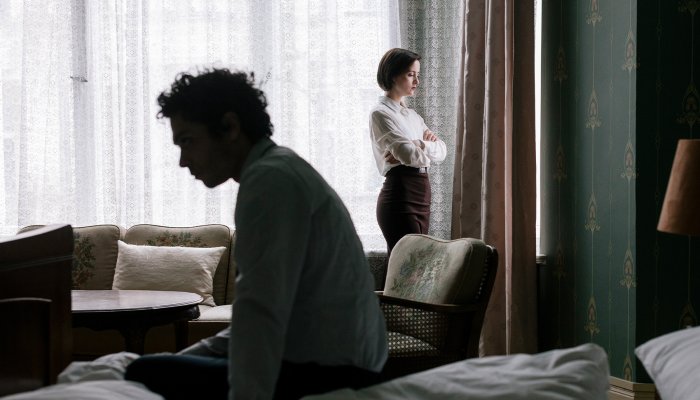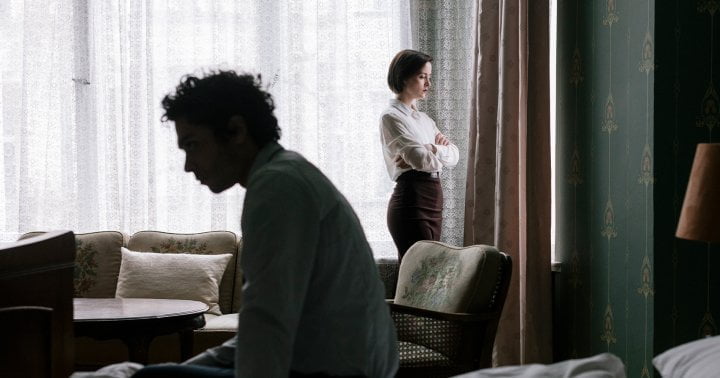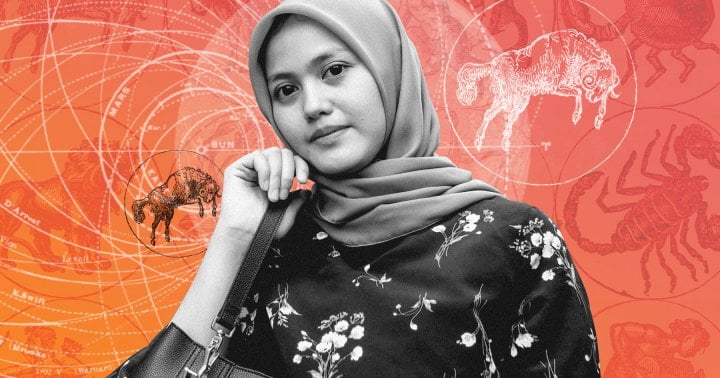This Is What Prevents Couples From Successfully Resolving Arguments

The problem with all of these ways of dealing with conflict are that they like an awareness of what’s actually happening for you and your partner in the present. That’s where aperture awareness comes in.
During conflict, begin to pay attention in each moment as you interact with your partner. Notice your sense of openness, or closedness, also known as your emotional aperture.
Aperture awareness is a felt sensation. Just as we do not “see” by consciously thinking about the information our eyes absorb, we do not become aware of our emotional openness through thought and analysis. Rather we learn to feel it, to become aware of it, and then to pay close and careful attention. Simply asking yourself, “Do I feel open or closed right now?” directs your attention to this felt experience. With practice, the experience of aperture awareness becomes more accessible.
An open aperture feels like safety, relaxation, trust, optimism. A closed aperture feels like danger, wariness, pessimism, anxiousness, unease. Some people register these physically. Looseness, softness, and warmth often signal apertures opening. Tightness, hardness, or coldness, especially in your chest, belly, or face often coincide with a closed aperture—your own or your partner’s.
In each moment with your partner, and especially in moments that feel difficult, check in about openness. Are you open in this moment? Is your partner open? Compare your perceptions. This is how you get better at noticing and using this all-important information.
Once you have this ability, you can begin to use it to shape your interactions toward more trust and satisfaction. When you are both open, it’s like a green light for moving forward to talk, to listen, to play, and connect. When one or both of you closes down, respond by slowing down. Inquire about what changes you can make in your conversation that will make it easier for each of you to re-open.
The trick here is to stay engaged and aware, but shift from thinking to sensing. We use our sense of open or closed to guide us in creating open connection. And for most of us this will feel hard, awkward, and frustrating. We’re probably not yet good at it in the same way we are good at other things. But better to bark up the right tree poorly than to bark up the wrong tree well.
This article was originally published by mindbodygreen.com. Read the original article here.




